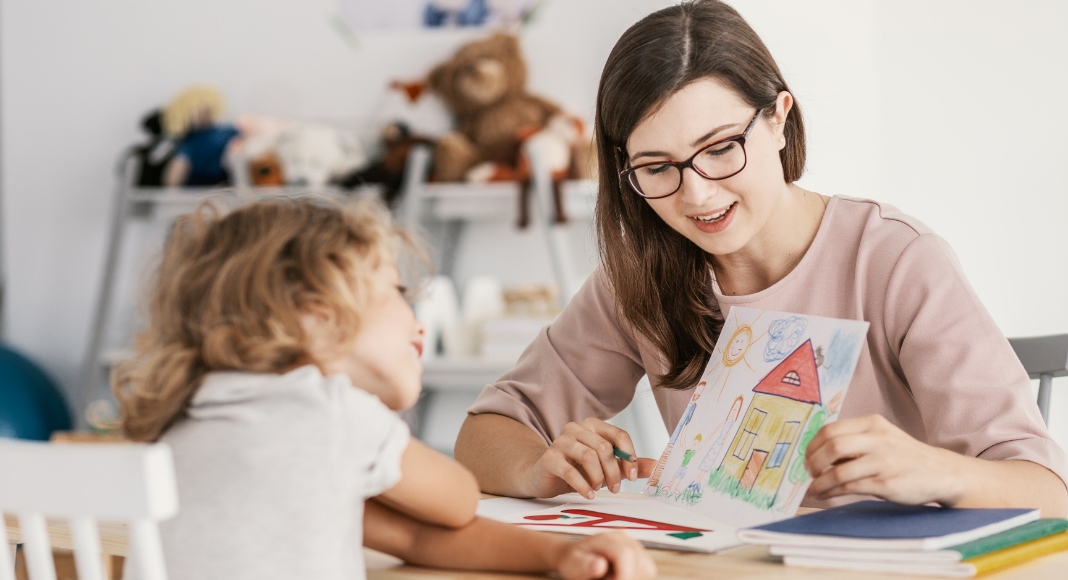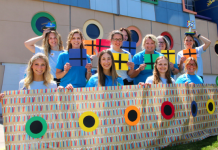 Des Moines Mom wants to create a safe space for ongoing conversations about mental health. In the past couple of years, it is a topic that people are more comfortable talking about, but there is still room for growth.
Des Moines Mom wants to create a safe space for ongoing conversations about mental health. In the past couple of years, it is a topic that people are more comfortable talking about, but there is still room for growth.
We are delighted to be able to speak with Vicky Wieben around the topic of “normal” childhood developmental behaviors, finding a therapist for your child, and what to expect in a therapy session with your child. Vicky is the mom to two young kids and the owner of Bright Light Counseling in Johnston. She is a licensed independent social worker and registered play therapist.
When is the right time to seek out a therapist?
Periods of dysregulation, or times when a child exhibits poor ability to manage emotional responses or to keep them within an acceptable range of typical emotional reactions, are completely normal! In fact, these times of dysregulation have to occur before regulation can happen. Going through strong emotions like anger, sadness, irritability, as well as frustration, are normal! A therapist can help you gauge what is typical, normal developmental dysregulation for that child’s age.
Many therapists have observed that they will start seeing kids as patients at that school-age range. Many parents choose to start their child in therapy as parents start receiving feedback from teachers about behaviors that are being observed in the classroom as well as at home.
What is play therapy?
Play therapy gives children the chance to express their feelings or emotions through play, art, stories, etc. instead of words. For kids, play is a natural form of communication. Directed play helps the therapist get to the information they need in order to teach or help that child. Play therapy also establishes an informal rapport and allows for children to let their guard down.
What should I expect in a typical children’s therapy session?
With younger children (ages four and under), you should expect that the session will be both parent and child. But with older children, a therapy session will begin with both the child and the adult where the parent will provide a quick update on what’s been happening or going on in the child’s life. If there is a “playful intervention” that the therapist can integrate into the session based on that information, they will use that as a connection tool with the child and the parent. “Playful intervention” can come in the form of a book or some toys that the therapist is directing. Then in the last few minutes, the child can choose what toy or activity they want to do and the session will end with checking back in with the parent. The parent is given instruction as to what they worked on during their session and what “homework” is assigned to work on outside of their session.
See more of our conversation with Vicky Wieben about Therapy for Kids and Play Therapy
Additional Resources Mentioned
The Whole-Brain Child: 12 Revolutionary Strategies to Nurture Your Child’s Developing Mind by Daniel Siegel
Brainstorm: The Power and Purpose of the Teenage Brain by Daniel Siegel
Connect with Vicky Wieben & Bright Light Counseling
Website
Facebook
Email at [email protected]
Thank you for making time to take one step further in normalizing the conversation about mental health. In this ongoing monthly series, we will be talking about mental health for ourselves, for our kids, our spouses, and our families.
See more of our conversations about Mental Health.

















